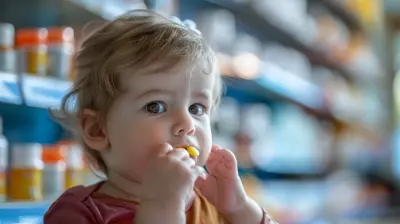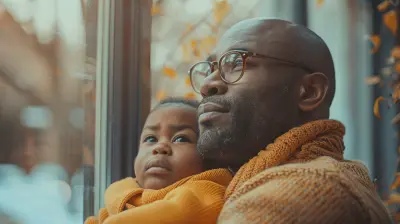Creativity and Problem Solving: How Art Can Boost Development
25 September 2025
Let’s get real for a moment. Parenting can sometimes feel like you're starring in your own reality survival show—only instead of battling wild animals, you're negotiating with a toddler over whether pants are "even necessary today." Fun times, right?
But in the midst of all that chaos (and adorable insanity), there’s something magical happening under your roof: your tiny human is growing, learning, and developing faster than you can say, “Why is there glitter in my coffee?”
One of the most powerful tools to help kids grow into confident, creative problem-solvers? Art. Yep, that pile of paper drenched in finger paint and macaroni isn't just a mess—it's a brain workout in disguise.
Let’s dive into why letting your kid go full Picasso is actually one of the smartest parenting moves you can make.
The Art of Growing a Brain
We already know kids are little sponges, absorbing everything—from the ABCs to how to fake a sneeze on command. But here’s the kicker: their brains are wired to thrive on creativity. And what’s one of the best ways to fire up those brain circuits? Making art.Whether it’s drawing, sculpting, coloring, cutting or even good ol' gluing (preferably not to the wall), creating art activates multiple parts of the brain all at once.
Think of it like brain yoga—bending, stretching, and strengthening the neurons that control movement, memory, emotion, spatial reasoning, and—you guessed it—problem-solving.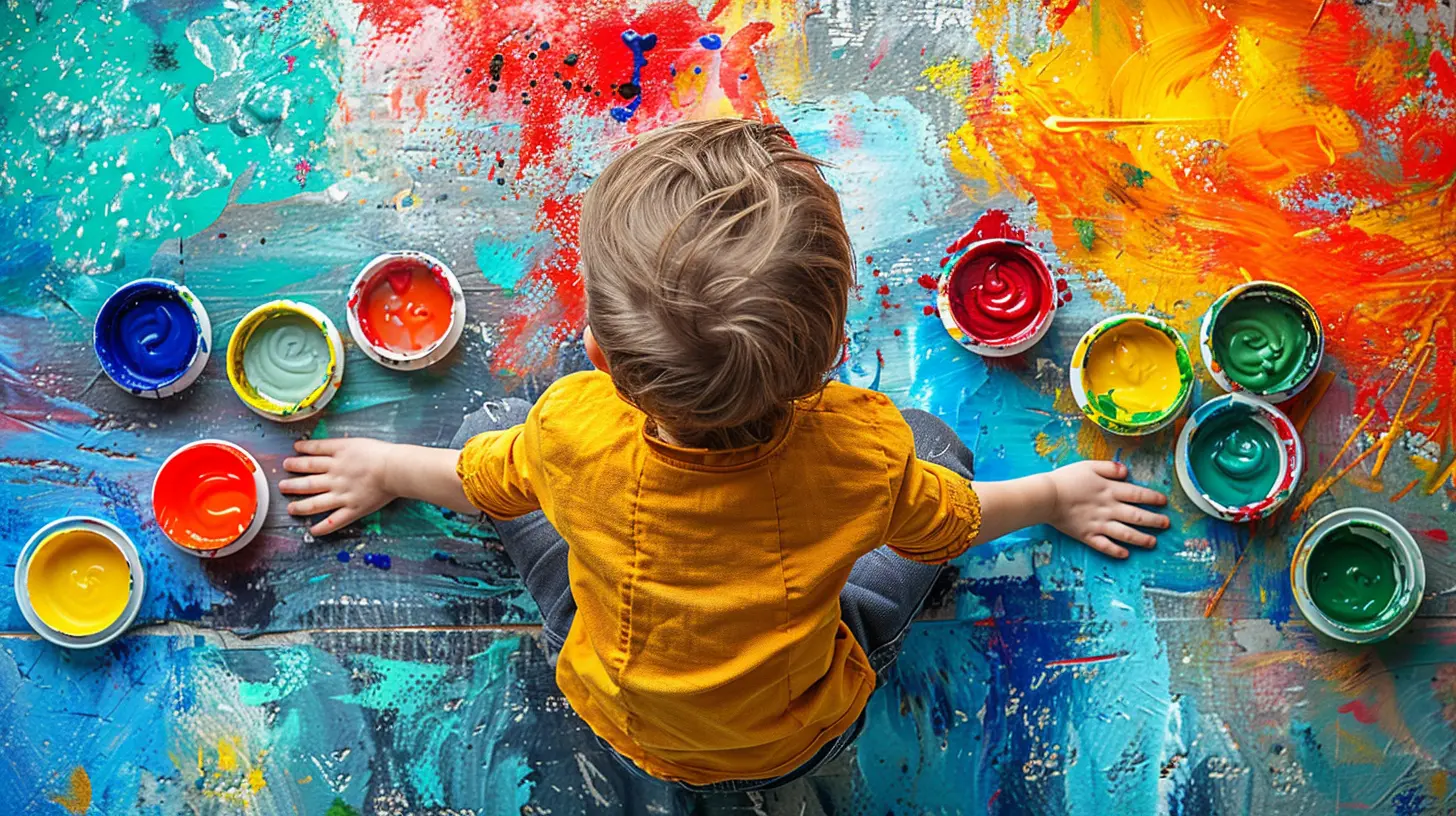
Art Teaches Kids How to Figure Stuff Out
Ever seen a kid try to draw a horse and it ends up looking like a confused potato with legs?It's in that moment, believe it or not, where the magic is happening. They're experimenting. They're adapting. They’re thinking, “Hmm, maybe a potato horse needs wings!”
That's creativity AND problem-solving at its finest. When children create art, they’re constantly asking:
- What color should I use?
- How do I make this line straighter?
- What do I do if the glue isn’t sticking?
- Is it okay if my sun has a mustache?
These may seem like tiny, silly questions—but they build the foundation for critical thinking. It's effectively toddler-level troubleshooting, and it's glorious.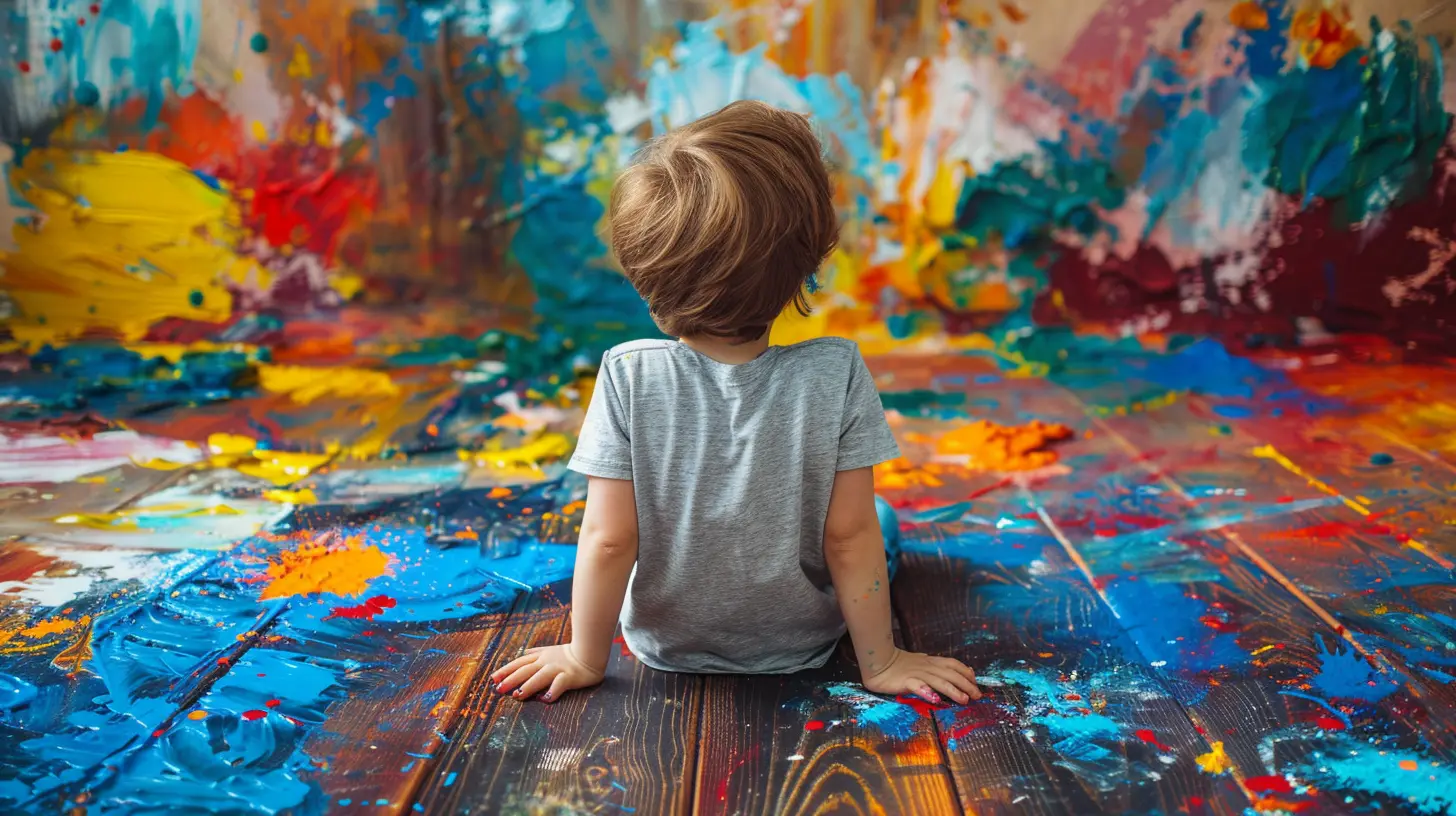
Failure Without the Freak-Out
Let’s face it—life throws curveballs like it’s playing in the major leagues. Teaching kids how to fail without melting down is one of the greatest gifts you can give them (along with snacks, obviously).And guess what? Art is full of happy little accidents (thank you, Bob Ross). A spill becomes a tree. A smudge becomes a shadow. A hole in paper becomes a portal to another world. When kids see that mistakes aren’t disasters, but opportunities to try something new, they learn resilience.
In other words? Art teaches them that it’s okay not to be perfect, which is basically an anti-anxiety superpower in this perfection-obsessed world.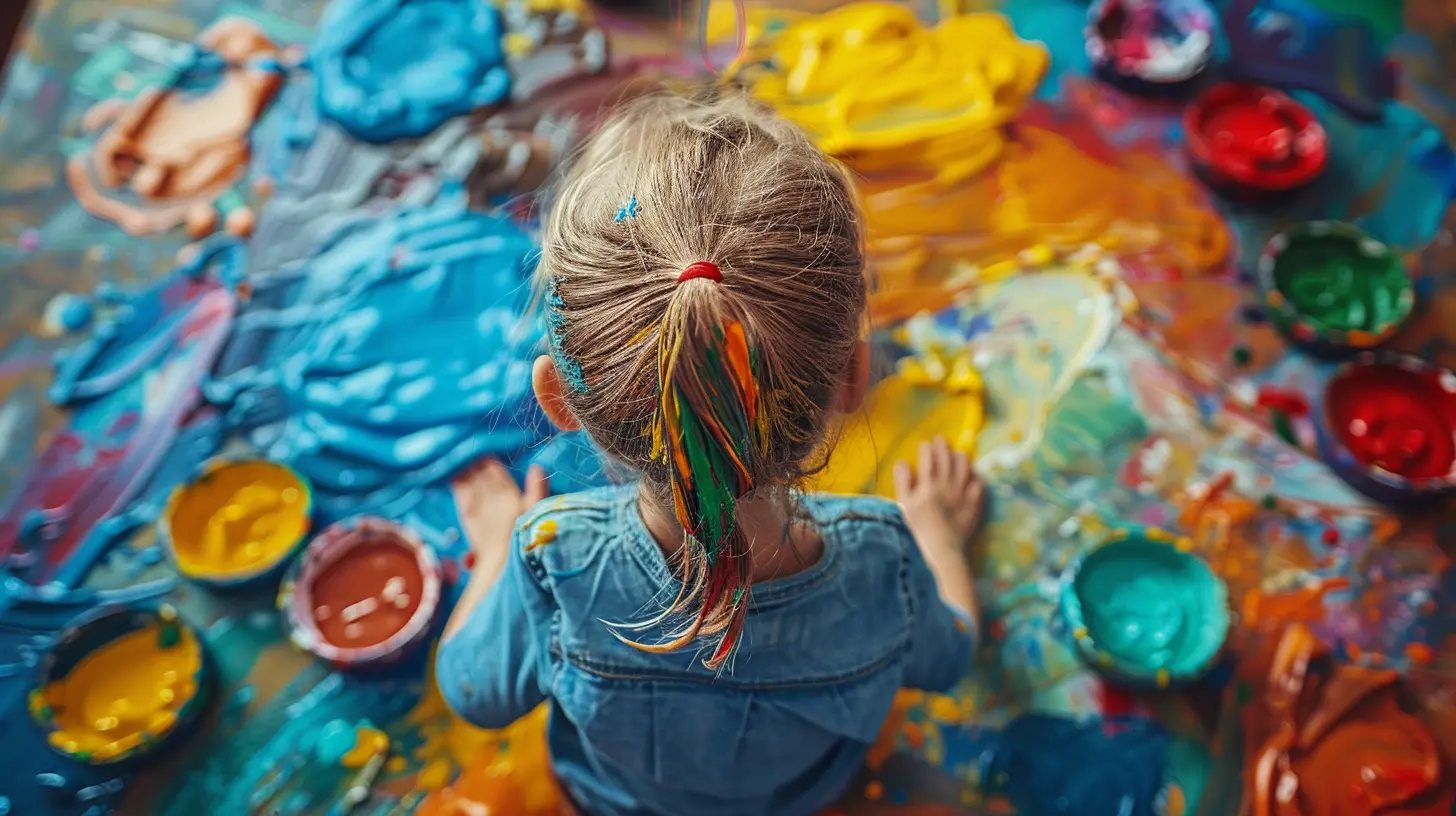
Enter the Imagination Station 🚂
Art is like Harry Potter for the brain—it opens up a whole new realm of magic and possibilities.When kids engage in imaginative play and artistic expression, they don’t just copy what they see—they invent. A cardboard box becomes a spaceship. A paper plate becomes a lion mask. A puddle of paint becomes a fire-breathing unicorn (with sunglasses, naturally).
This kind of imaginative play is HUGE for cognitive development. It helps with:
- Abstract thought (thinking beyond the here and now)
- Innovation (coming up with new ideas)
- Flexibility (changing plans if things don’t go as expected)
Creativity and innovation aren’t just for artists or inventors; they’re essential skills for navigating just about every situation in life—including school, friendships, and even figuring out how to reset the Wi-Fi.
Boosting Emotional Intelligence (Without the Eye Rolls)
Okay, this one might surprise you. Art is also a powerful tool for helping kids express and understand emotions.Have you ever tried getting a preschooler to explain why they just launched their shoe across the room? Not easy. But give them crayons and markers, and suddenly they can draw how they feel. A black scribble storm? That’s frustration. A big red swirl? Maybe excitement (or a sugar rush).
Art gives children a safe way to communicate what's inside without needing all the right words. That’s like giving them an emotional cheat code. Over time, this builds empathy, self-awareness, and the ability to manage their feelings.
(Which, let's be honest, some grown-ups still haven’t nailed.)
Social Skills with a Splash of Sparkle
Art isn’t just a solo activity. Think group projects, school plays, collaborative murals, or even sibling arts-and-crafts Sundays (if you dare). These kinds of shared creative experiences teach kids how to:- Take turns
- Share materials
- Compromise on ideas
- Encourage others
In other words, art can help transform your little “my way or the highway” gremlin into a total team player. And trust me, that’s a big win when all you really wanted was to drink your coffee while it’s still warm.
Art = Brain Gymnastics
If you’re a parent who’s ever worried about screen time (guilty!) or whether you’re doing enough to support your kid’s development—here’s some good news: art isn’t just “nice to have.” It’s critical for brain health and growth.Art helps develop:
- Fine motor skills: Cutting, gluing, coloring = tiny hand workouts.
- Hand-eye coordination: Especially with tasks like painting within lines or threading beads.
- Focus and attention span: Finishing an art project takes time and patience.
- Visual-spatial skills: Understanding how objects relate to each other in space (super helpful for math and science!)
Basically, art is a playground for the brain—and unlike geometry homework, kids actually want to do it.
How to Encourage Creativity at Home (Without Losing Your Mind)
All right, if you’re now pumped to turn your home into a mini art studio—but don’t really want actual paint on your dog—here are some simple tips to keep the creativity flowing and the cleanup minimal:1. Create a “Yes” Space for Art
Designate a small area where mess is okay. Lay down newspaper, use washable materials, and keep it stocked with basic supplies (crayons, paper, glue, pipe cleaners, googly eyes—you know, the essentials).2. Ditch the Rules
Let your child experiment without worrying about “doing it right.” There’s no wrong way to make art. If your kid paints a blue dog with wings, ask them about it instead of correcting it. You might get a story worth framing!3. Use What You Have
You don’t need to buy fancy supplies—use cardboard from delivery boxes, magazines for collages, or even old socks for puppet-making. Recycling + creativity = parenting win.4. Show Interest
You don’t have to critique like a museum curator, but showing enthusiasm means everything. Ask open-ended questions like, “Tell me about this part!” instead of “What is it?”5. Let the Kids Lead
Follow their interests. If they’re into dinosaurs, why not make dino art? If they’re obsessed with space, create a rocket collage. When it’s fun for them, it’s more meaningful—and way less of a battle.Trust the Process (Even If It Looks Like Chaos)
At the end of the day, art isn’t about ending up with a Pinterest-worthy masterpiece (although those are great for the fridge door). It’s about the process. It’s about experimenting, imagining, tweaking, and trying again.When you give your child the freedom to create, you’re giving them permission to think differently, solve problems creatively, and trust themselves. That builds confidence. That builds character.
And yep—it also builds a really cute collection of “abstract masterpieces” that will clutter your kitchen counter for the next decade.
But hey… worth it, right?
Final Thoughts: Let Creativity Lead the Way
Art isn’t just a way to pass the time on rainy days—it’s a fundamental way kids explore the world and themselves. Whether they’re molding playdough monsters or painting with spaghetti noodles (true story), they’re building real-life skills that go way beyond the craft table.So give 'em some glue, hand over the glitter (may the odds be ever in your favor), and let them create their way through childhood. Because the truth is, creating messy masterpieces today builds confident, curious problem-solvers tomorrow.
High five, parents. You’ve got this.
all images in this post were generated using AI tools
Category:
Child DevelopmentAuthor:

Kelly Snow
Discussion
rate this article
1 comments
Tristan Pacheco
Art fosters creativity and critical thinking in children, enhancing problem-solving skills crucial for development.
September 30, 2025 at 3:22 PM

Kelly Snow
Thank you for your insightful comment! I completely agree—art plays a vital role in nurturing creativity and critical thinking, which are essential for children's problem-solving skills and overall development.
